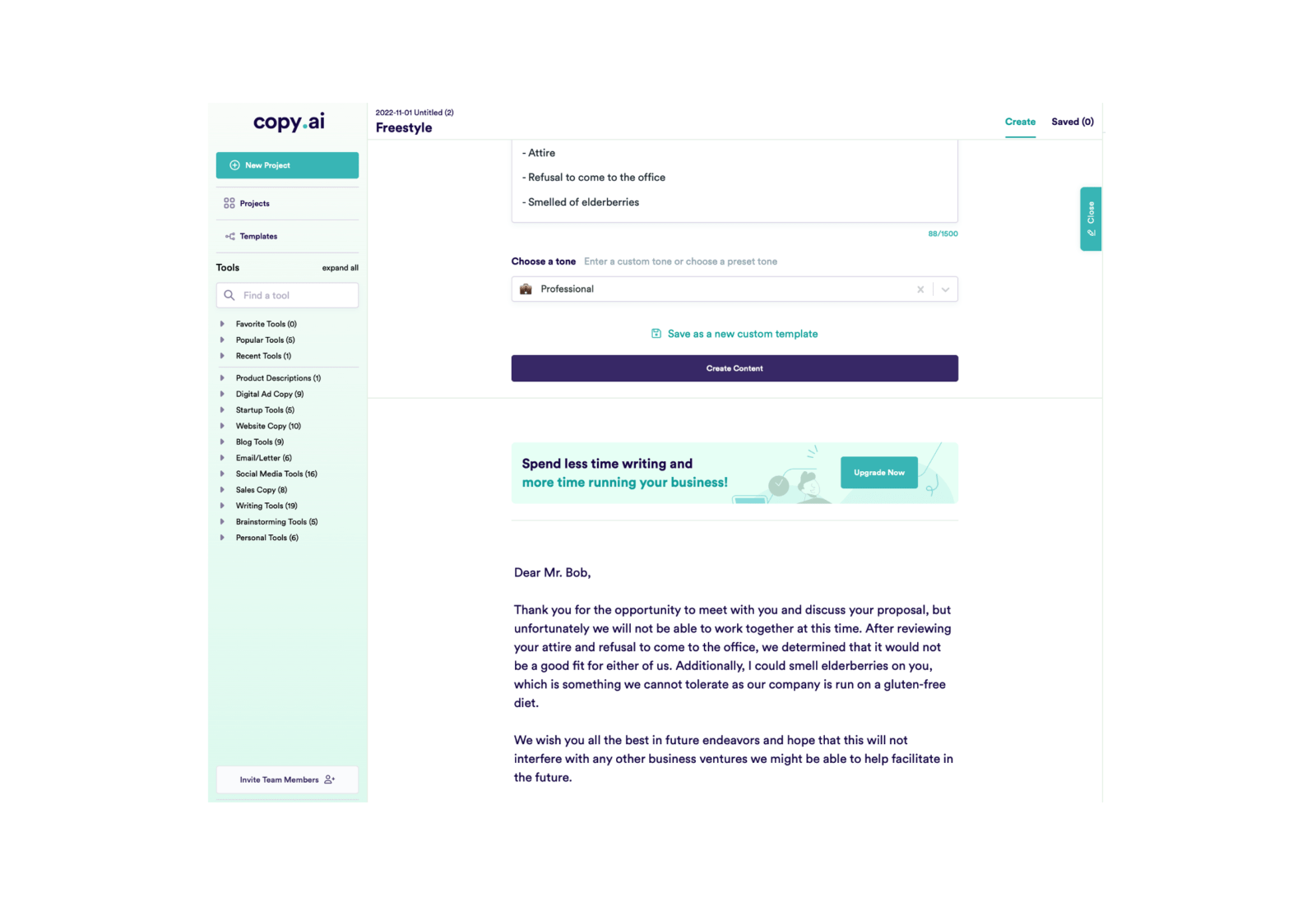Navigating the Legal Landscape of Action Lawsuits
Understanding the Legal Process:
Action lawsuits, also known as class action lawsuits, are complex legal proceedings that involve multiple plaintiffs with similar claims against a defendant. These lawsuits typically arise from allegations of wrongdoing, negligence, or harm caused by a product, service, or company. Navigating the legal process of an action lawsuit requires a thorough understanding of the procedural rules, legal strategies, and potential outcomes involved.
Initiating the Lawsuit:
The first step in an action lawsuit is the initiation of the legal proceedings. This typically involves the filing of a complaint by one or more plaintiffs on behalf of themselves and others similarly situated. The complaint outlines the allegations against the defendant, the legal basis for the claims, and the relief sought by the plaintiffs. Once the complaint is filed, the lawsuit officially begins, and the defendant is served with legal notice of the claims against them.
Certification and Class Representation:
In order for an action lawsuit to proceed as a class action, the court must certify the class of plaintiffs and appoint class representatives to represent the interests of the entire class. Certification involves demonstrating that the plaintiffs share common legal and factual issues that predominate over any individual differences. Class representation ensures that the rights of all class members are adequately protected throughout the litigation process.
Discovery and Evidence Gathering:
Once the lawsuit is initiated and the class is certified, the discovery phase begins. During discovery, both parties exchange relevant information and evidence related to the claims and defenses in the case. This may include documents, depositions, interrogatories, and expert witness testimony. Discovery allows each side to assess the strengths and weaknesses of their case and develop legal strategies accordingly.
Pre-Trial Motions and Hearings:
Prior to trial, the parties may file various pre-trial motions and requests with the court. These motions may seek to dismiss certain claims, exclude evidence, or obtain summary judgment in favor of one party. Pre-trial hearings are held to address these motions and resolve any procedural or evidentiary issues before the case proceeds to trial. Successful pre-trial motions can significantly impact the outcome of the lawsuit.
Trial Proceedings and Verdict:
If the case does not settle during pre-trial proceedings, it will proceed to trial before a judge or jury. During the trial, each side presents evidence, witnesses, and legal arguments to support their case. The judge or jury then deliberates and renders a verdict based on the evidence presented and the applicable law. The verdict may result in a judgment in favor of the plaintiffs, the defendants, or a combination of both.
Appeals and Post-Trial Proceedings:
Following a verdict, either party may choose to appeal the decision to a higher court if they believe that legal errors were made during the trial. Appeals are based on the record of the trial proceedings and legal arguments presented by the parties. If an appeal is successful, the case may be remanded for a new trial or other appropriate relief. Post-trial proceedings may also involve enforcement of the judgment, settlement negotiations, or other matters related to the resolution of the lawsuit.
Settlement Negotiations and Resolution:
Many action lawsuits ultimately resolve through settlement negotiations between the parties. Settlements may be reached at any stage of the litigation process, from pre-trial negotiations to post-trial appeals. Settlements allow the parties to avoid the uncertainty and expense of trial while providing compensation or other relief to the plaintiffs. The terms of a settlement are typically negotiated between the parties and must be approved by the court to become binding.
Legal Representation and Counsel:
Throughout the legal proceedings of an action lawsuit, plaintiffs and defendants alike rely on experienced legal representation and counsel to advocate for their interests. Attorneys play a crucial role in guiding their clients through the complexities of the legal process, from initial filings to trial and beyond. Effective legal representation can make a significant difference in the outcome of an action lawsuit and ensure that the rights of all parties are protected.
Conclusion:
In conclusion, navigating the legal proceedings of an action lawsuit requires a comprehensive understanding of the procedural rules, legal strategies, and potential outcomes involved. From initiating the lawsuit to resolving it through settlement or trial, each stage of the process presents unique challenges and opportunities for the parties involved. By working with experienced legal representation and counsel, plaintiffs and defendants can navigate the complexities of the legal system and achieve a favorable resolution to their claims. Read more about action lawsuit




